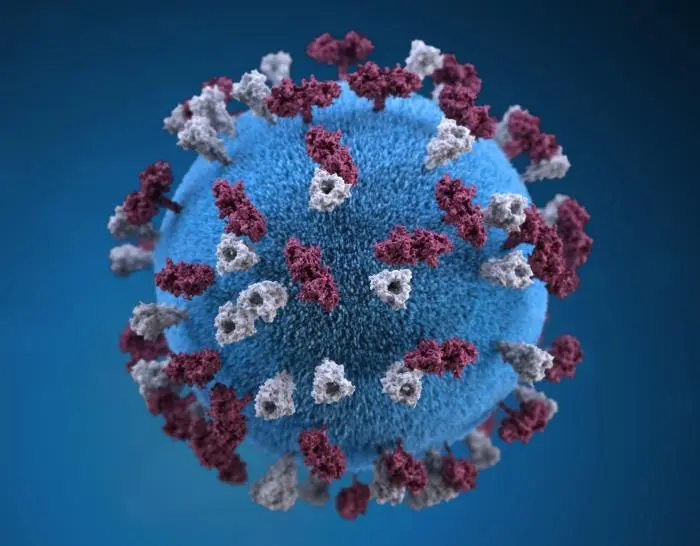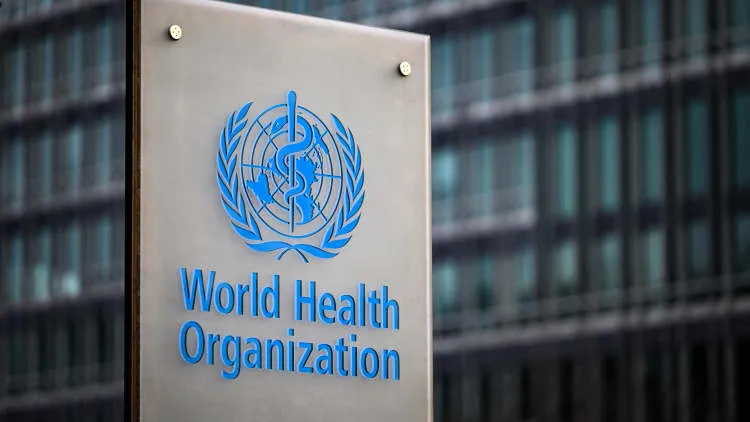In recent years, vaccines have saved millions of lives, from preventing the spread of deadly infectious diseases to eradicating certain illnesses altogether. However, as vaccines become more advanced, complications from their improper administration can occur, leading to adverse outcomes. One such case has recently emerged, drawing attention to the critical importance of accurate vaccine administration and monitoring. This particular case involves a 30-year-old woman who developed a deadly infection after receiving an incorrect measles vaccine, raising important questions about vaccine safety, the role of medical oversight, and patient safety protocols.
The Patient’s Medical History and Symptoms Before the Vaccination
The woman, whose identity remains confidential for privacy reasons, had a history of regular check-ups and was generally in good health. She had no underlying health conditions that could put her at a higher risk for adverse vaccine reactions. This individual was a typical case of someone who would likely receive vaccines as part of their routine health regimen. Her primary reason for seeking the measles vaccine was due to a recent increase in local cases, and her healthcare provider recommended that she get vaccinated as a preventive measure.
At the time of receiving the vaccine, she exhibited no signs of illness and had no known allergies or reactions to vaccines in her past. This made her an ideal candidate for the vaccination, or so it seemed.
The Vaccine Mistake: What Went Wrong?
The incident began when the woman visited a local clinic for her measles vaccination. She was given what was supposed to be a standard measles, mumps, rubella (MMR) vaccine. However, it was later revealed that there had been a mix-up at the clinic, and she was mistakenly administered a vaccine intended for another disease entirely. Instead of receiving the MMR vaccine, the woman was injected with a live-virus vaccine meant for a different viral infection — a mistake that went unnoticed at the time of administration.
The error went undetected for several hours, as the symptoms began to show signs of a different nature than the expected reactions from the measles vaccine. While it’s not uncommon to experience mild side effects like swelling at the injection site or mild fever, the woman began to experience symptoms that were far more severe and concerning.
The Onset of Symptoms
Approximately six hours after receiving the vaccine, the woman began to experience flu-like symptoms. These included severe body aches, chills, fever, and an overwhelming sense of fatigue. Initially, she attributed these symptoms to the normal reaction one might expect after receiving a vaccination. However, as the hours passed, her condition worsened.
She developed a rash on her skin, which is not a typical side effect of the MMR vaccine. The rash began to spread rapidly across her body, and the pain associated with it was described as unbearable. Within 24 hours, her symptoms had escalated, and she developed difficulty breathing. She was taken to the emergency room where she was immediately admitted for further testing and observation.
The Diagnosis: A Deadly Infection Unveiled
After a series of tests, including blood cultures, imaging studies, and consultations with infectious disease specialists, doctors confirmed that the woman had developed a severe infection from the wrong vaccine. It was determined that the live-virus vaccine she received was not only incorrect but had triggered an immune system response that led to a life-threatening infection. The misadministration of the vaccine had inadvertently allowed an entirely different virus to proliferate within her body, causing a systemic infection that began to damage her organs.
The exact virus that caused the infection was later identified as a rare pathogen that is typically resistant to many forms of treatment. This infection required immediate intervention with high doses of intravenous antibiotics, and the woman was placed in the intensive care unit (ICU) to monitor her closely.
Doctors were initially concerned that she might not survive the ordeal. The infection had spread to her lungs and bloodstream, causing septic shock. It was a terrifying situation for both the patient and her family. For several days, her prognosis remained uncertain as doctors worked tirelessly to combat the infection and stabilize her condition.
The Medical and Ethical Implications
The incident has raised several important questions for the medical community. First and foremost is the question of how such a mix-up could occur in the first place. The clinic where the vaccine was administered has launched a full internal investigation to understand how the error occurred. The investigation revealed that the mistake was made by a staff member who misread the label on the vaccine vial, leading to the wrong vaccine being given to the woman.
This type of error is incredibly rare, but it underscores the importance of strict protocols and checks when administering vaccines. While vaccines are designed to be safe and effective, their proper administration is crucial. Medical professionals are trained to administer vaccines with care, but this incident highlights that even small mistakes in labeling, communication, or human error can have disastrous consequences.
This case also raises concerns about patient safety and the ethical responsibility of healthcare providers. It is clear that vaccine errors can have serious consequences, both in terms of physical harm to patients and loss of public trust in vaccination programs. As the case continues to make headlines, it has sparked debates about how to improve medical oversight, particularly in situations where vaccines are involved.
Treatment and Recovery
Thanks to the swift actions of the medical team, the woman’s condition slowly began to improve. The infection, while severe, was eventually brought under control with a combination of antibiotics and other supportive treatments. Over the course of several weeks, she was transferred out of the ICU and began a long road to recovery.
During her stay in the hospital, the patient was placed on a regimen of physical therapy to help rebuild her strength, which had significantly declined due to the infection and the prolonged hospitalization. She also received psychological support to help her cope with the trauma of the incident. Her physical recovery has been slow, but she has shown signs of improvement.
After several months, the woman was able to return to her normal life, but she remains vigilant about her health. She has expressed her gratitude for the care she received during her treatment but has also voiced her concerns about the potential for such an error to happen again. She has called for stricter regulations surrounding vaccine administration and for better oversight to prevent similar incidents in the future.
The Public Response and Lessons Learned
The public’s response to the incident has been a mixture of shock and concern. Many people have expressed their fears about the safety of vaccines, particularly in light of this rare but serious mistake. However, public health officials have been quick to remind the public that such errors are exceedingly rare, and vaccines, in general, remain one of the most effective tools for preventing serious illness.
Health experts have reiterated the importance of continued vigilance when it comes to vaccine safety, not only in terms of the physical components of the vaccine itself but also in terms of its administration. Vaccine errors like the one in this case are preventable with proper training, clear communication, and careful oversight.
The incident has also reignited discussions about the importance of patient advocacy. The woman involved in this case has become an advocate for greater transparency in the medical field, urging others to ask questions about the treatments they are receiving and to be proactive about their healthcare.
Moving Forward with Caution
While this case remains an isolated incident, it serves as a reminder of the potential risks that come with any medical intervention, even those that are as widely regarded as safe and effective as vaccines. It emphasizes the need for continued improvements in healthcare practices, particularly in the areas of vaccine administration, labeling, and communication. Above all, this case highlights the importance of patient safety and the role of medical professionals in ensuring that patients receive the best possible care.
This woman’s story is one of resilience and recovery, but it is also a story of a medical system that must learn from its mistakes to ensure that such errors are not repeated. It is a call to action for healthcare providers, patients, and the public to remain vigilant, informed, and committed to the highest standards of medical practice to prevent such incidents in the future.























